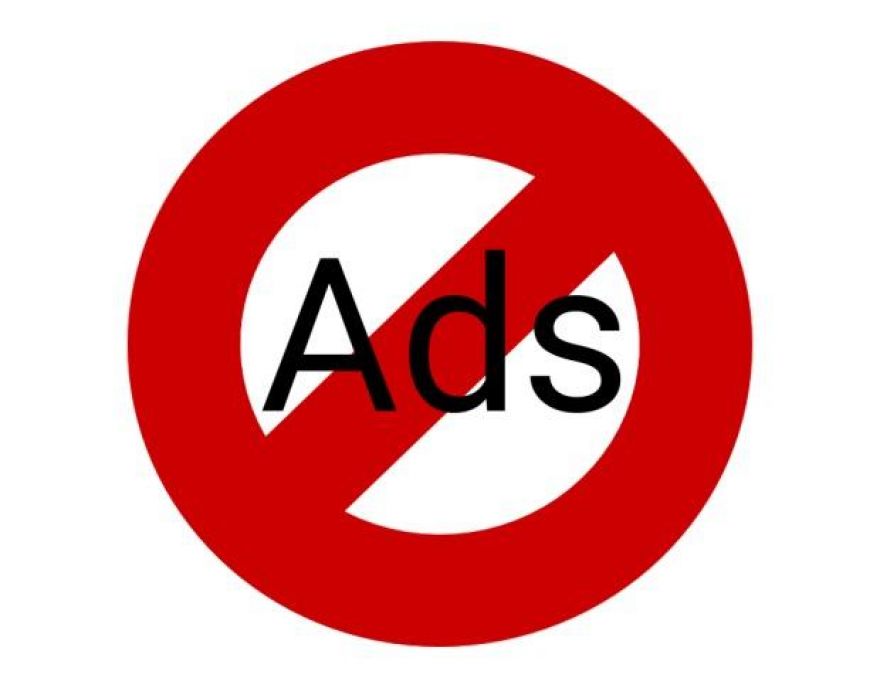
Apple allows iOS ad blocking. Your move, Google!
Companies—and countries—block content all the time. In the US, some states require schools and/or libraries to block or filter internet access. Some companies block access to sites that managers classify as "non-work related," such as Facebook and/or Netflix. Governments (China springs to mind) limit access to sites. Content providers (Netflix, again) restrict access to content for specific regions at the request of rights holders. Some administrators even block Flash and Flash-based ads to improve security.
Often, this blocking occurs at the network routing level. Services, such as Cisco-owned OpenDNS.com, have long offered the ability to filter content (Figure A).
Other services, such as AdFreeTime.com, offer ways to filter ads or route around "region" blocking. In both cases, the filtering occurs at the network level: when your system requests a particular site via DNS, the service either blocks or re-routes the request.
Figure A
Network administrators block sites (and ads) with tools like OpenDNS.com.
But DNS filtering required a certain level of technical skill. In the early days, you had to understand DNS, hosts files, and network routing. OpenDNS and AdFreeTime simplified and streamlined the process.
With the launch of iOS 9, Apple added a "content blocker" feature to Safari. The setting simplifies on-device ad blocking to two steps:
- Download a "content blocker" iOS app, such as Purify or Clarity
- Navigate to Settings | Safari | Content blocker and move the slider next to your chosen content blocker to "on"
Once enabled, the app blocks ads and trackers as you browse with Safari on your iPhone or iPad (Figure B). Web pages load faster. On your screen, you see more article content and fewer ads.
Figure B
With iOS 9, Apple allows consumers to block unwanted content, such as ads, in Safari on mobile devices.
This type of on-device content blocking is nothing new, either. Anyone can add an extension to Chrome, for example, that blocks ads or tracking. uBlock Origin and Disconnect both block ads and trackers. However, these extensions work on laptop and desktop devices. Chrome on mobile devices doesn't support extensions.
Apple's move brings content blocking to casual consumers. Content blocking no longer resides solely in the domain of companies and geeks. Now, almost anyone can block browser content on an iOS device.
There's just one problem with ad blocking: income from ads provides a significant source of revenue for many sites. Block the ads, and you reduce the revenue.
Yet mobile ads are a bit different than print, radio, billboards, or television advertising. On your iPhone or iPad, you—the customer—pay for your mobile bandwidth.
Think of it this way: if a publisher sends me a magazine with lots of ads, the sender pays the postage. Auto-play a video ad over my mobile connection, and the advertiser has cost me time and money (in the form of data usage). Mobile web ads not only request your attention, they also use your data. Serve me enough ads, and my bandwidth bill goes up.
In a world with unlimited data and no network capacity constraints, mobile ads wouldn't be a problem. But that's not the world we currently live in. Customers pay for mobile data plans. And companies pay for local network capacity in the form of routers, switches, and cables. Hence, one appeal of ad blockers: block the ads, and you reduce network load.
Google, one of the most prominent online advertising companies in the world, sees the issue, too. That might surprise you, since so many posts contend that Apple's launch of content-blocking capabilities aims to decrease Google's advertising revenue. It might.
But look at Google Contributor. Don't want to see ads? Pay a low fee—from $2 to $10 per month—and Google will replace ads you'd see with a "thank you" message (Figure C). Essentially, Google allows you to outbid an advertiser: you bid to replace an ad, while the advertiser bids to display it. The monthly amount you choose limits your total spend in a month. Google allocates your funds to participating publishers.
Figure C
Google Contributor allows you to support visited sites and replace Google ads with a "thank you" message.
Google Contributor requires that you use a Google account and allow third-party cookies. But, as of September 2015, Google Contributor won't work with a Google Apps for Work account. And some enterprises that choose Google Apps and Chrome also choose to block third-party cookies to minimize tracking. (Google could make Contributor a compelling feature or add-on of Google Apps for Work: Login with your Google Apps for Work account, and never see a Google ad again! But I don't know whether the revenue and costs would be sustainable.)
Today, content providers, such as TechRepublic, rely on revenue from advertisers. Apple's content blocker solves a problem for people. Google Contributor solves a problem for publishers and possibly for people who worry about the ethics of ad blocking.
Apple's move alone won't kill mobile advertising revenue, because more people use Android devices. But it does represent a significant move toward the consumerization of content blocking. It will be interesting to see if Google Contributor proves to be a sustainable service.
Do you block content for networks or devices you control? If so, what do you block... and what do you allow? Let us know in the discussion thread below.
Also see
- Five content filters suitable for both home and business
- Resolve to resolve DNS faster
- Pro tip: How to disable Flash in Chrome
- Balancing the needs for online advertising and privacy


